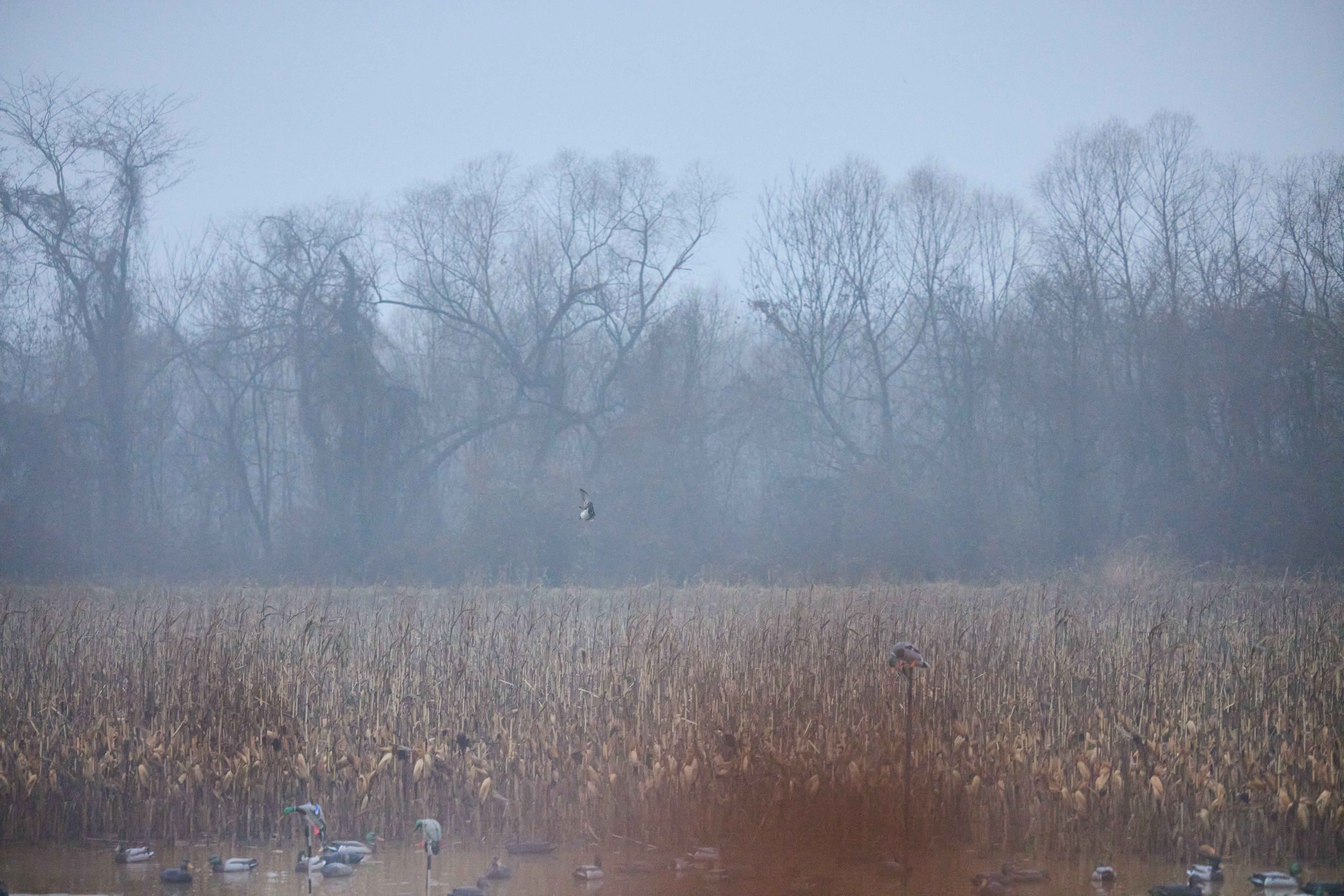Waterfowl hunters, with space and time, can plant and cultivate certain crops to attract and nourish the birds, turning the planting hunter into a steward and gamekeeper.
What and when should you plant to create an inviting habitat for ducks? Today, we look at planting tips for millet, one of the most popular food sources for ducks, and critical strategies such as when to plant millet for ducks.
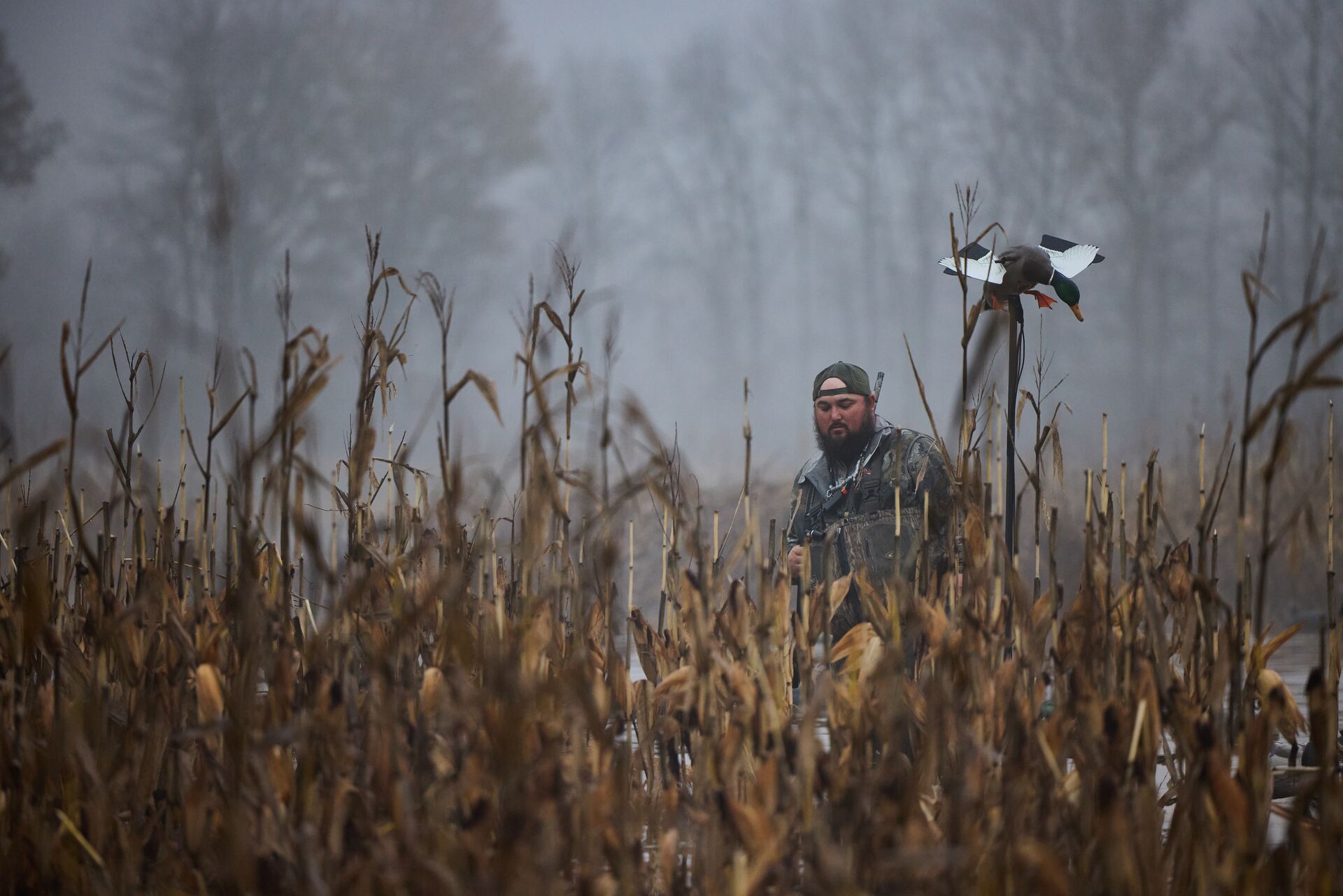
What Is Waterfowl Habitat Management?
Waterfowl management is administered at both the state and federal levels. That approach makes total sense when you consider the migratory patterns of ducks and other waterfowl.
The need for a coordinated effort extends beyond governmental programs, with private land stewards taking on a duty to proactively manage their land to support bird life. Landowners have the opportunity to establish ecological benefits such as food, shelter, and nesting locations by providing suitable habitats.
Ducks are opportunistic feeders. If there's some tasty millet on their pathway, you're guaranteed to have a few visitors during the migration periods.
Planting specific crops, like millet, creates an ideal feeding ground for ducks, especially during fall migration when the birds are fatigued and hungry after a night of flying. During this time, especially during the peak fall migration, ducks search vast land terrains for food surpluses that they can use throughout their route. These "stopover" locations are essential to the duck's recovery period, providing them with the necessary nutrients and rest to continue their journey.
Why Millet is Ideal For Waterfowl
Millet provides a balance of protein, carbohydrates, vitamins, and minerals and is also high in fiber, making it a dose of nutrition-packed goodness for our feathered friends. It's a versatile and adaptable crop that can thrive in a variety of soils and can tolerate wet weather conditions, meaning it will hold up during those fall rains.
The large seed heads provide an attractive beacon for overflying waterfowl, drawing in various species, including mallards, teal, and pintails. From a "planting for ducks" perspective, it's a winner as the tiny seeds can be sowed thinly.
It's also a super economical crop. The large seed heads can offer a couple of seasons' worth of grain.

Tips For Success When Planting Millet
First, consider your site selection and how it will align with the needs of migratory birds.
If you have a lake or pond, planting near the edge will help with germination and a blended habitat for the ducks to enjoy. It is an excellent option if you don't have wetland areas or low-lying fields that can be flooded post-harvest to attract ducks.
Millet thrives in well-drained, rich soil with a pH between 6 and 7. You can grab a soil testing kit from an outdoor or hardware store.
To promote growth, consider light disking or tilling, adding soil or gravel if there is insufficient drainage, and mixing compost or manure to improve the organic matter if it's too low. When seeding, broadcast the plant at a rate of 20–30 lbs per acre and focus on a shallow depth of around one inch.
- Too deep, and they won't emerge
- Too shallow, and the seeds will dry out
While millet is drought-resistant, it will still require fairly regular watering during the growth phase (around 60 to 90 days). If you're in an area prone to limited rainfall, consider implementing some form of irrigation to compensate for the lack of rainfall.
When to Plant Millet for Ducks
Environmental factors, such as climate, moisture, and the duration of the season, will impact your planting schedule.
To ensure proper maturity, you must start your millet planting 60–90 days before the first frost. Millet should be seeded in full sun from mid-June in the Northeast to July–August in the Southeast. In some warmer regions, it can be planted as early as April.
As we’re planting for ducks, it's also important to align planting time with waterfowl migration patterns to maximize habitat usage. You can check historic migration movements and consult with environmental departments for up-to-date insights and data.
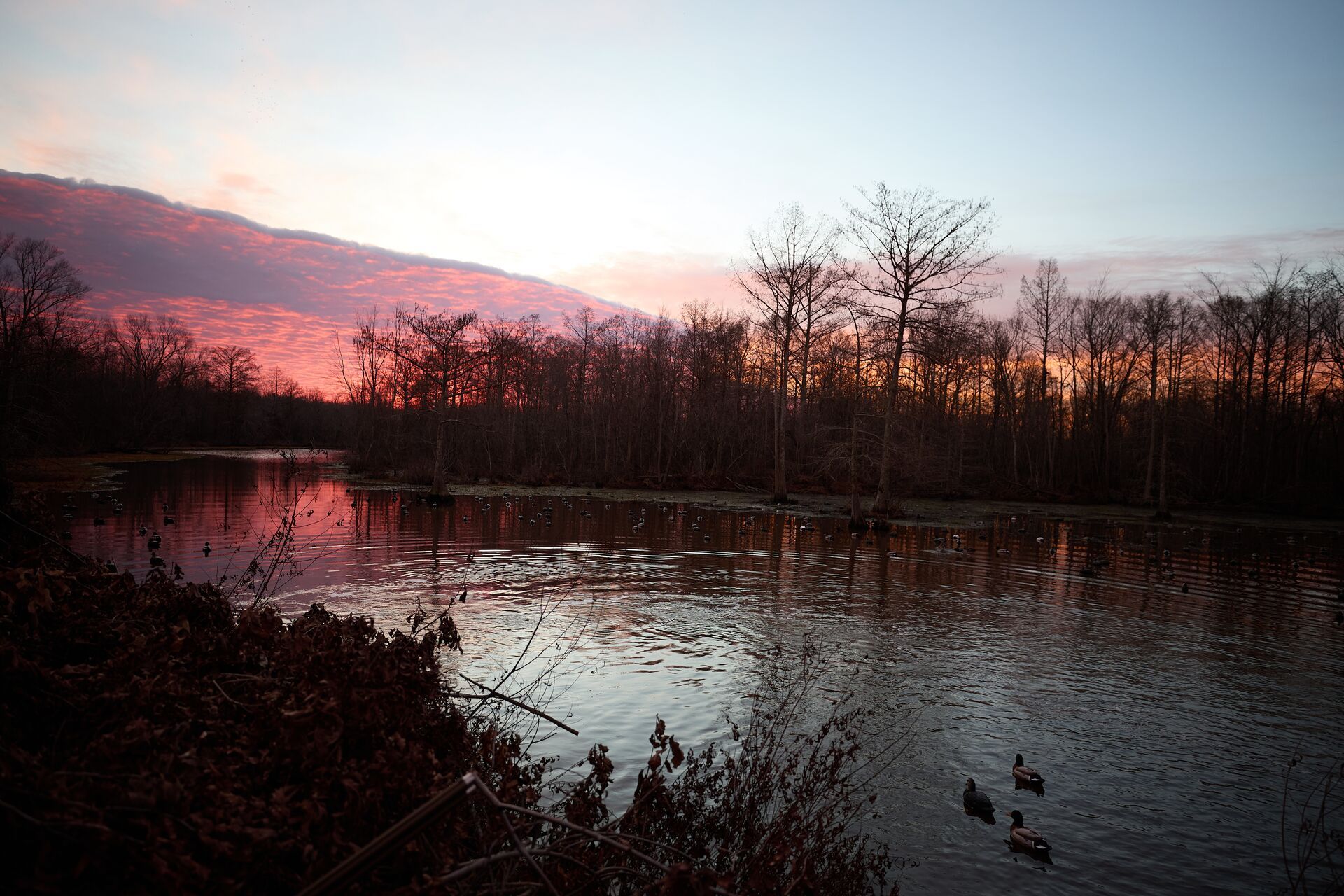
Long-Term Habitat Management is Crucial
You've planted millet. Now what?
Habitat-based food plots are not a one-and-done system. They involve careful planning and cultivation to ensure their ongoing health and success. To reduce the impact of pests, disease, and soil buildup from monocultural cropping, practice good crop rotation, exchange millet with corn or native grasses to prevent soil depletion, and diversify the feeding options.
Millet plots, especially those in the initial phases, are very prone to weeds, which can crowd out those early buds. To maintain productive wetlands, you'll need to regularly get in there to remove destructive weeds such as cattails or phragmites.
For optimal results and duck health, consider pairing your millet project with other restoration projects, such as wood duck boxes. For guidance, tips, and insights, contact your local wildlife department or specialist groups for expert insights.
You've Become a Conservationist
Being a hunter means being a conservationist. By managing waterfowl habitats, you will contribute to increased duck sightings and better-conditioned birds, thereby bolstering the image and perception of waterfowl hunters nationally.
Building a successful food plot for waterfowl birds is something to be immensely proud of. If you've done it, are looking to do it, or would like to do it one day, then good on you.
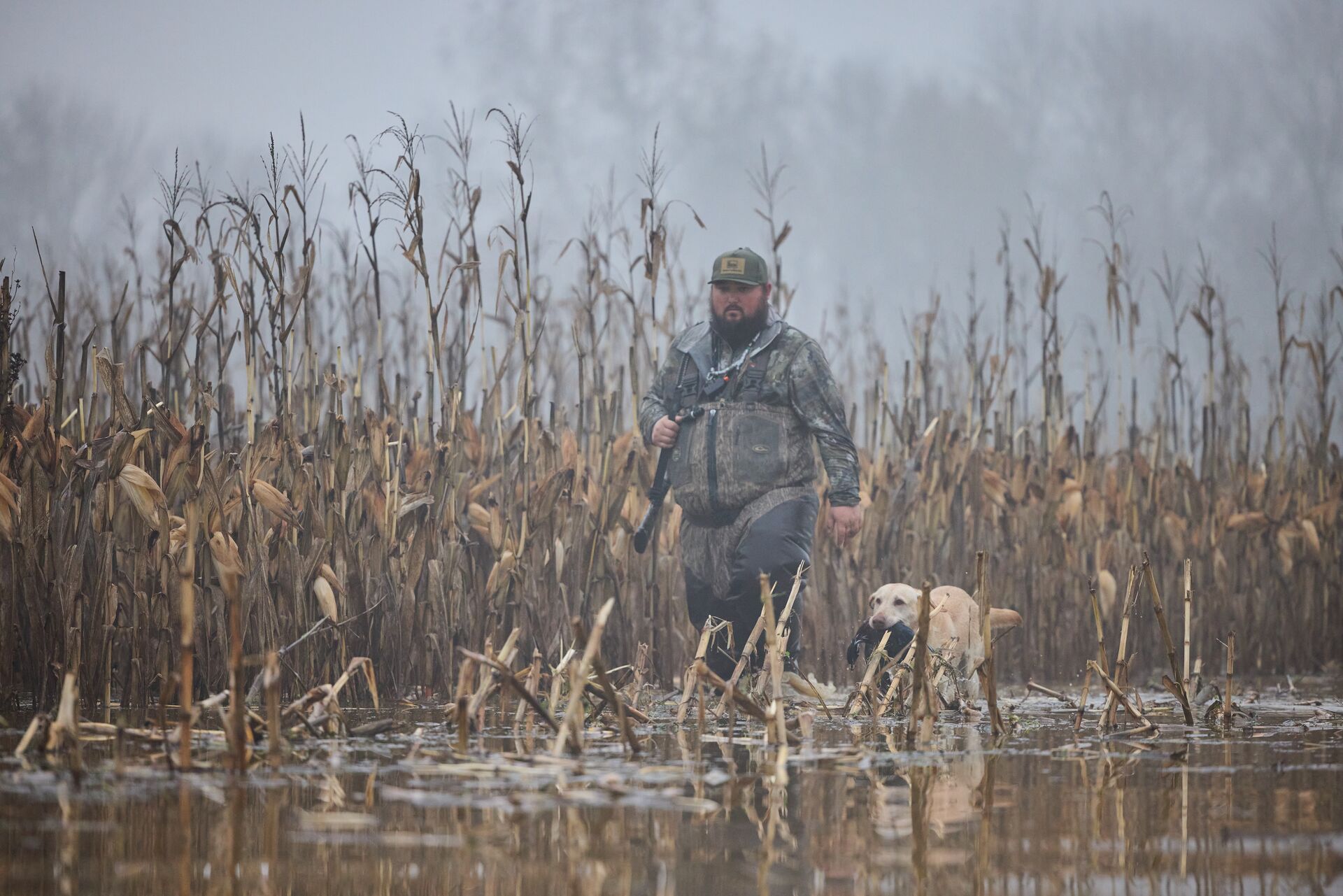
Maximize Your Millet Plot and Duck Hunts With HuntWise
Watching flocks of ducks coming in low and settling on your millet plot is a feeling like no other. With some planning and effort to kick things off, you'll have the foundation for an ongoing project to support generations of ducks as they follow their migratory pattern.
As you choose a location for your millet plot, let HuntWise help! Scout waterfowl behavior, mark what you see in the app, and use HuntCast to learn more insights into where birds are throughout the year.
Then, of course, use HuntWise to plan your duck hunt. After building a habitat that attracts birds, reward your hard work with some time hunting around what you planted. With critical weather insights, winding guides, species-specific predictions, and more, HuntWise can help you time your hunt and maximize your duck bounty.
Download HuntWise today and try it free for your first week!
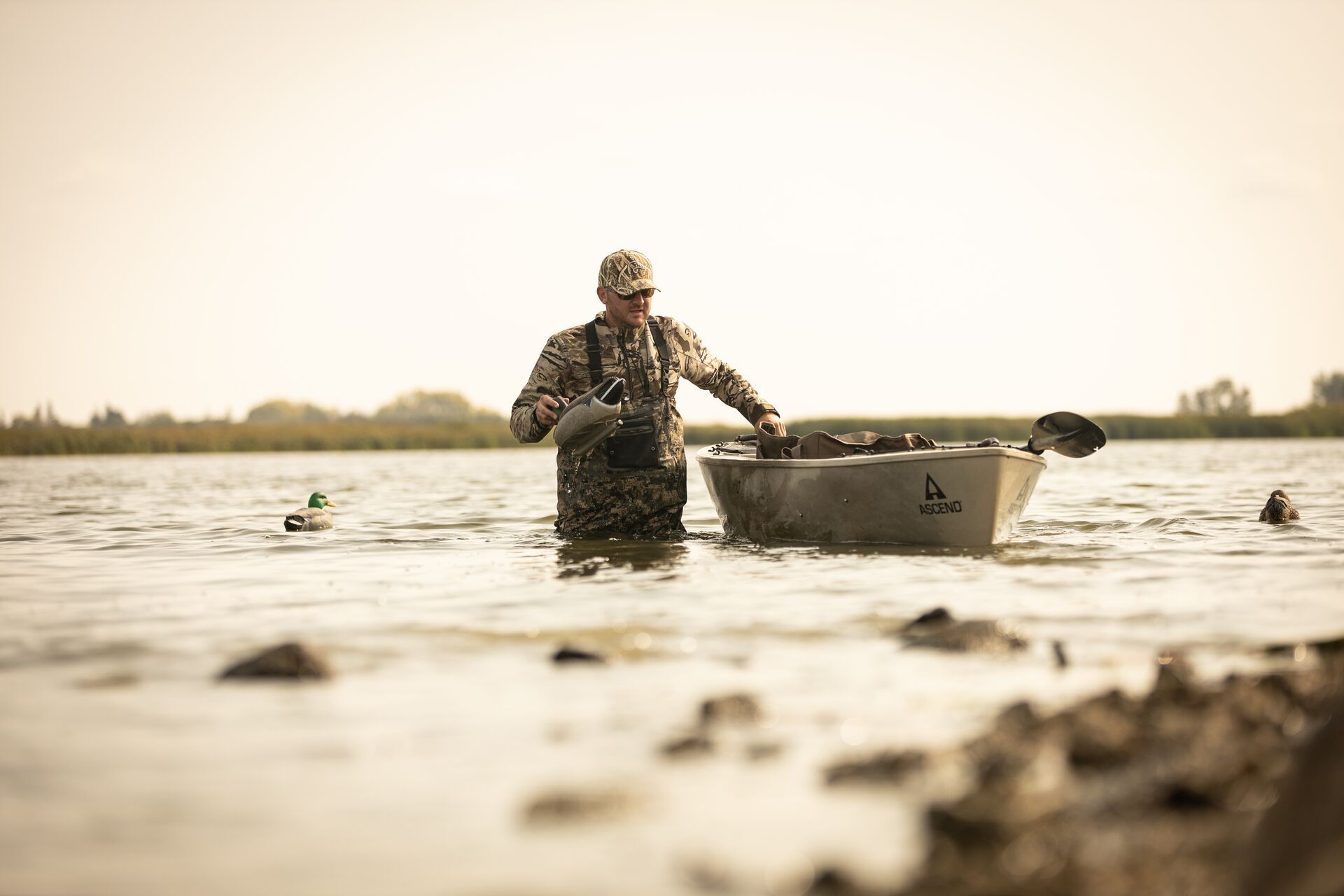

 Waterfowl
Waterfowl Waterfowl
Waterfowl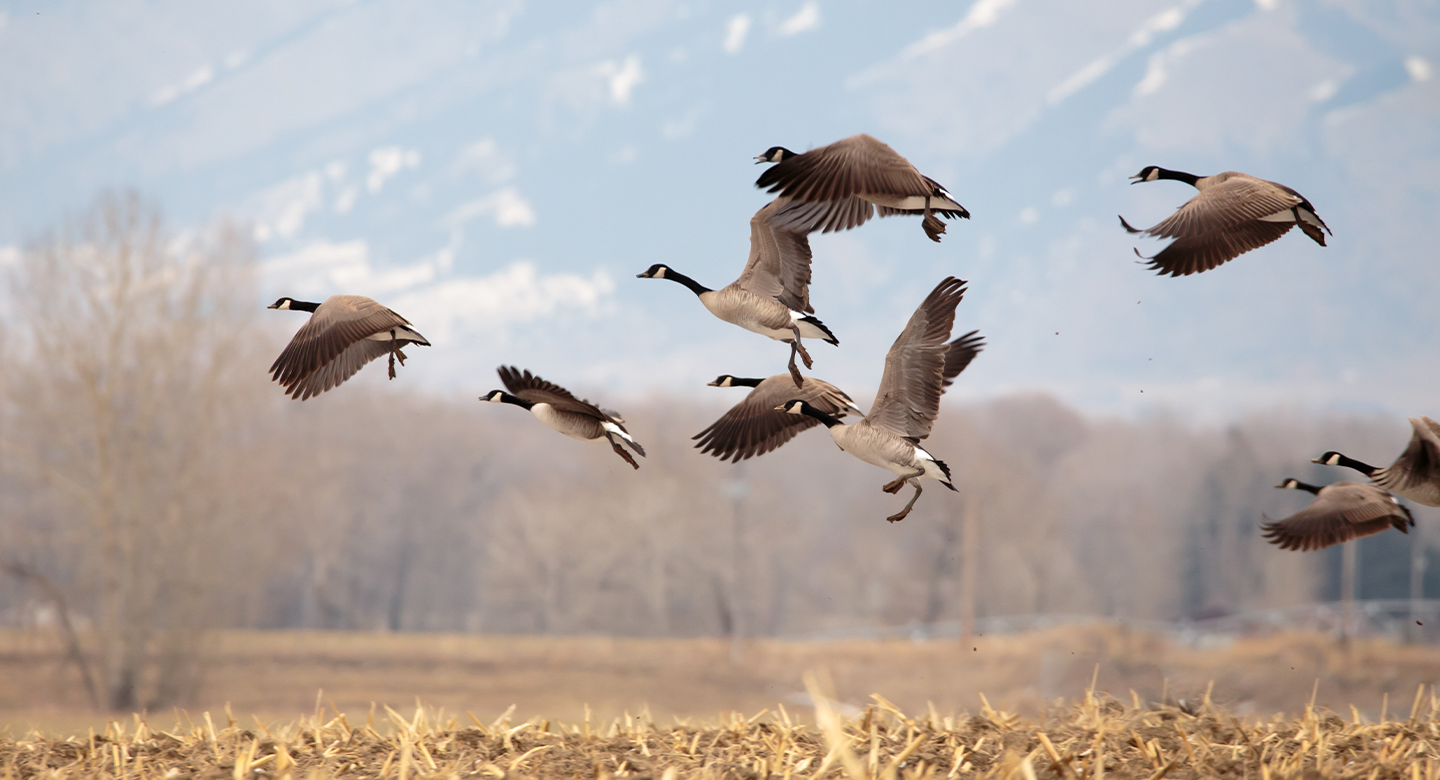 Waterfowl
Waterfowl